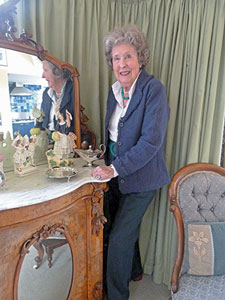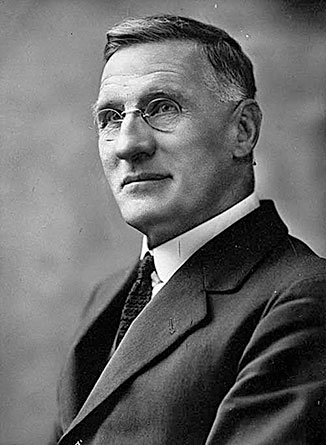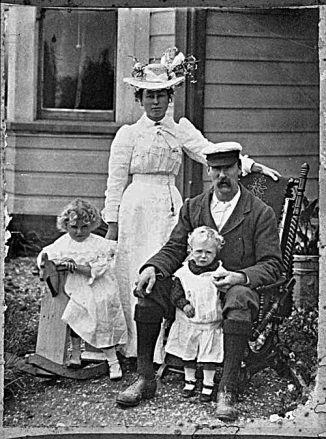
Before Mary-Annette Hay, our country’s wool was perceived as a practical commodity, soft and warm but a tad boring. After Mary-Annette took on the mantle of promotions officer for the NZ Wool Board (1948) that perception changed, and the everyday became special. The prosaic fleece took on a new, glamorous persona, one of luxury and style. Confidence in wool as a product grew and wool sales soared nationwide as a result.
Dubbed the ‘Queen of Wool’ by the Museum of New Zealand Te Papa Tongarewa for her part in promoting New Zealand wool both on the national and international stage, Mary-Annette used her sense of theatre and drama in carefully choreographed shows and parades.
“I’d played lead roles in some pretty major productions,” she told me at her Waikanae home recently. “So I used that experience and skill to promote wool as theatre.”
In later years (1981) Mary-Annette joined the Wellington Civic Trust, serving on its board for 25 years. She became part of the platform for Wellington citizens to air their views about the running and planning of the city and was involved, with fellow trustees, in the establishment of the Lambton Harbour Management. She took part in the Wellington Harbour City Conference (1984), a meeting which planned to unlock the potential of inner harbour area by creating a special development zone.

Mary-Annette is also a trained artist and a talented watercolourist, but it is the strong sense of social and civic responsibility that appears to tie her to grandfather, Otaki’s Bryon Paul Brown (1866-1947).
“My grandfather loved New Zealand. Otaki reflected what he valued most in it, fresh air, good water and sunshine, a land where children could have a fair chance in life to grow up and become decent citizens.”
Bryon Brown is valued in New Zealand, but particularly in Otaki, as a philosopher, entrepreneur and community leader. He was also a broadcaster, environmentalist, storekeeper and businessman. A man of many dreams, he visualised Otaki as a centre of tourism, aviation and film-making, and helped to establish the Otaki Moving Picture Company (also known as Maoriland Films).
Possibly his greatest contribution to the development of Otaki was his gifting of large areas of property to various community causes, including land for a children’s rest home, tennis courts, several churches and a motor camp. In the early 1930s he presented a house and section, based in the centre of town, to the borough council for a library. Most notable, however, was his donation of 70 acres to establish the Raukawa (later Otaki) Children’s Health Camp “for undernourished children — to give poor city children two weeks annually by the sea.” The first of several camps later established throughout New Zealand, their aim was “to improve each child’s health by teaching good habits, providing sensible routines and a balanced diet.”
“Every Sunday my grandfather would talk to children at the health camp, getting them to join in a community singalong. Afterwards he would stride over the hills with lots of children following, begging for more stories. The people of Otaki called him the Pied Piper,” Mary-Annette says.

The sale of health stamps and envelopes partly funded and supported the camps, and Byron Brown was one of the sponsors of this scheme, which raised public awareness of the camps and what they achieved. He also publicised the initiative on national radio.
“He promoted their sale on 2YA for quite a number of years,” Mary-Annette explains. “And although he built up a substantial estate in property, he divested himself of virtually all land during his life time.” Laughing, she adds, “He used to say it was easier for a camel to go through the eye of a needle than a rich man to enter the kingdom of heaven.”
Byron Brown divided his time between his homes in Wellington and Otaki Beach during the last 27 years of his life, and was buried beside his wife, Susie (nee Bright) in Otaki’s heritage cemetery.
“ Ngati Raukawa bestowed on him the honour of Rangatira after his selfless work during the flu epidemic of 1915. He was buried with full rites in the cemetery of Rangiatea Church.”
Mary-Annette had brought her beloved grandfather to life while we talked. As we said goodbye I reflected that the glamour, charm and intelligence she had delivered to her role as New Zealand’s wool ambassador remained — in bucket-loads.

